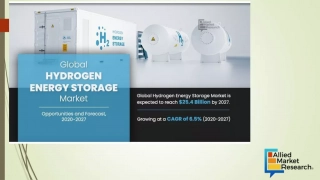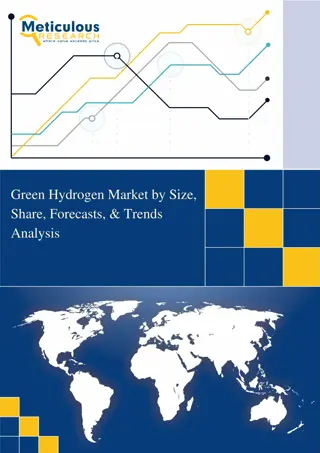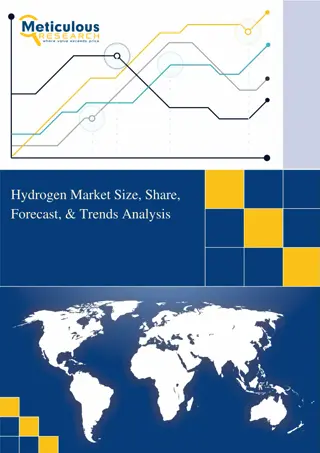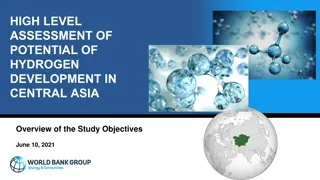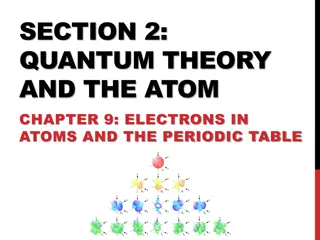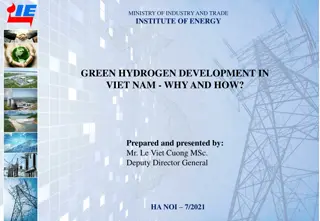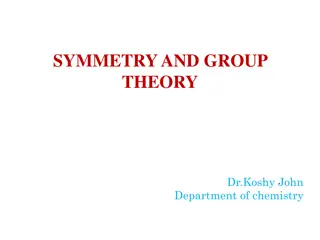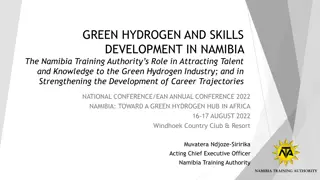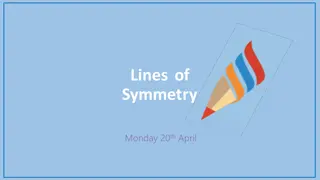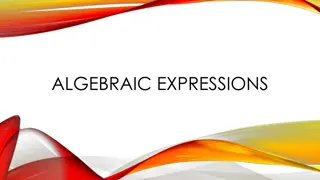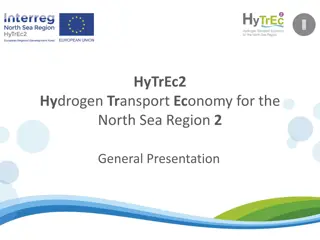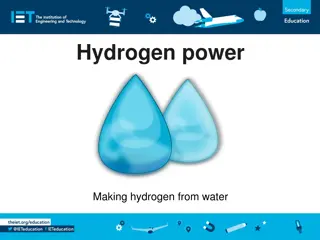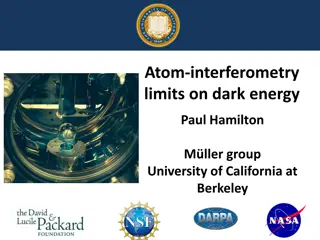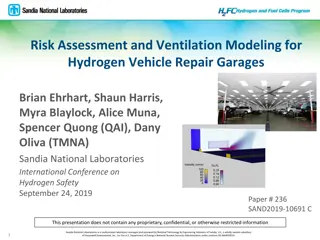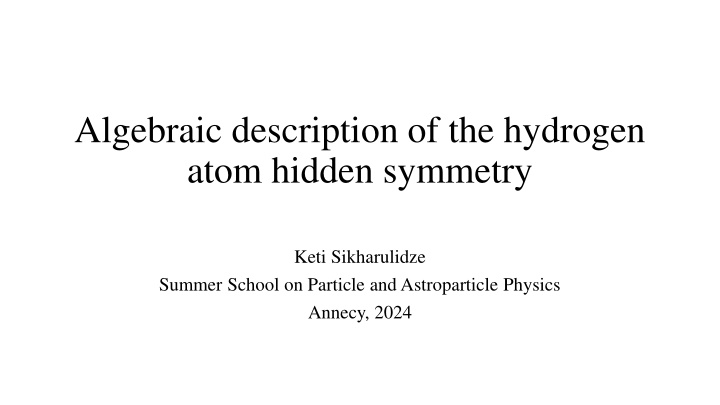
Algebraic Description of Hydrogen Atom Hidden Symmetry and Energy Spectrum Formula
Delve into the fascinating world of the hydrogen atom’s hidden symmetry and the derivation of its energy spectrum formula through solving Schrödinger's differential equation. Uncover the connection between accidental degeneracy and hidden symmetries, brought to light by Pauli. Explore Laplace-Runge-Lenz vector, commutation relations, SO(4) algebra, and rescaled Lenz vector in unraveling the mysteries of the hydrogen atom. Dive into the new commutation relations guiding the exploration of this intricate system.
Download Presentation

Please find below an Image/Link to download the presentation.
The content on the website is provided AS IS for your information and personal use only. It may not be sold, licensed, or shared on other websites without obtaining consent from the author. If you encounter any issues during the download, it is possible that the publisher has removed the file from their server.
You are allowed to download the files provided on this website for personal or commercial use, subject to the condition that they are used lawfully. All files are the property of their respective owners.
The content on the website is provided AS IS for your information and personal use only. It may not be sold, licensed, or shared on other websites without obtaining consent from the author.
E N D
Presentation Transcript
Algebraic description of the hydrogen atom hidden symmetry Keti Sikharulidze Summer School on Particle and Astroparticle Physics Annecy, 2024
Introduction To derive energy spectrum formula of hydrogen atom one has to go through solving the famous Schr dinger s differential equation. Although Pauli was the first to realize that the accidental degeneracy was connected to some hidden symmetry, that later proved to be true.
Schrdingers equation for hydrogen atom and energy spectrum ?2 ??2 ?2 ? ?? ?2? 1 ? sin?? 1 + + ? = ??(?,?,?) 2??2 sin2? ?? sin? ?? ?? ??4 2 2?2 ? ??= (1) Energy is only depended on ?2, accidental (?) degeneracy
Laplace-Runge-Lenz vector 1 ?? ? ?? Classical: ? = ? 1 ?? Quantum: ? = ? ? ? ? 2? ? 2??2 ? 1 Hamiltonian: ? = ?
This is what Mr. Zee had to say about some calculations
Following commutation relations hold: ?, ? = 0 ??,?? = ? ?????? ?,?? = ? ???? ? (5) (6) (7) (6) and (7) commutators show the fact that ??and ?are vectors also: ??,?? = ? ?????? ??,?? = ? ?????? (8) (9)
SO(4) algebra (10.1) (10.2) ??,?? = ? ?????? ?,?? = ? ???? ? ?, ? = ? ???? 2? (10.3) ?? ? In eq. (12.3) we can see that H pops up on the right hand side, therefore algebra is not closed.
Introduce rescaled Lenz-vector: ? 2? ? = E| = ? (11) ?| ? Then we can effectively replace H by E ? = ? 2? (12) We only consider bound states with eigenvalues E<0, the expression under the root is positive thus ? is Hermitian.
New commutation relations will look like: ??,?? = ? ?????? (13.1) ?,?? = ? ???? ?(13.2) ?, ? = ? ??????(13.3)
?? ? 2 Introduce new operators ? = [?+,?, ? ,?]=0 (14.1) [?+,?, ?+,?]= ? ?????+,? [? ,?, ? ,?]= ? ????? ,? (14.2) (14.3) ?+,???? ? ,?on their own create SO(3) algebra, therefore: ?? 4 SO(3) ??(3) SO(4) is the direct sum of two SO(3) groups Irreducible representation of SO(4) algebra can be written by ?+,? , where ?+=0,1 ? + 1 (15) 2,1,3 2 and ? =0,1 2,1,3 2 with dimension ?++ 1
Kazimir operators because ? = 0 2 ? 2= ? = 0 ?+ Therefore ?+= ?_ = ? 2=1 2?2 2=1 ? 2? 2 2+ ? 2?2 ?+ (16) 2=2? ?2+ 2+ ?2 (17) ?
insert (17) in (16) and we get : 2= 1 ? 2??2(18) 2+ ? 2 2+ ?+ 2??? ? 2are Kazimir operators of SO(3) algebra with eigenvalues ?+ 2?+(?++ 1) and 2? ? + 1 because ?+ Eigenvalues of the sum ?+ 2= ? 2 ?+= ?_ = ? 2+ ? 2? ? + 1 2 2will be: (19) ??2 ??2 2 2?2(20) 2? ? + 1 2= 1 ? 2??2 ? = 2 2+ 2 22?+12= ? = 2? + 1
Conclusion With the help of SO(4) algebra and many tedious calculations, we derived hydrogen atom energy spectrum formula without ever mentioning any differential equation. Also we explained why the accidental degeneracy was not accidental at all.

